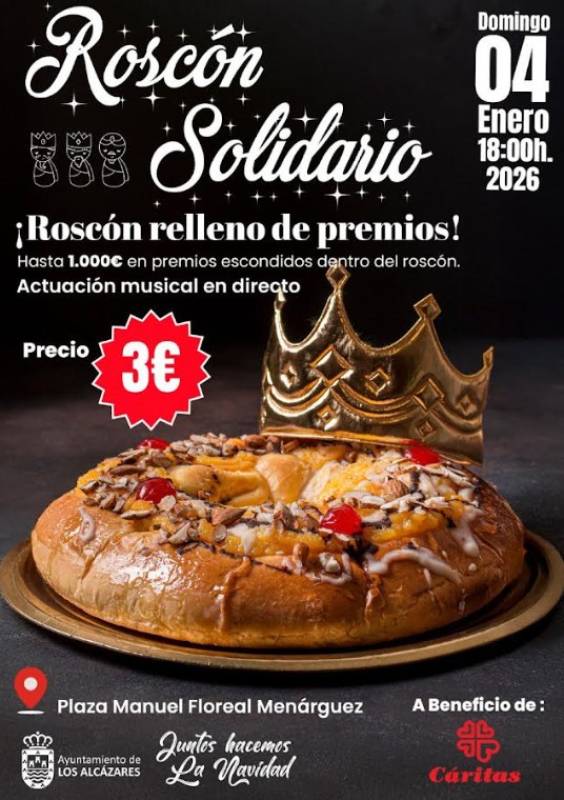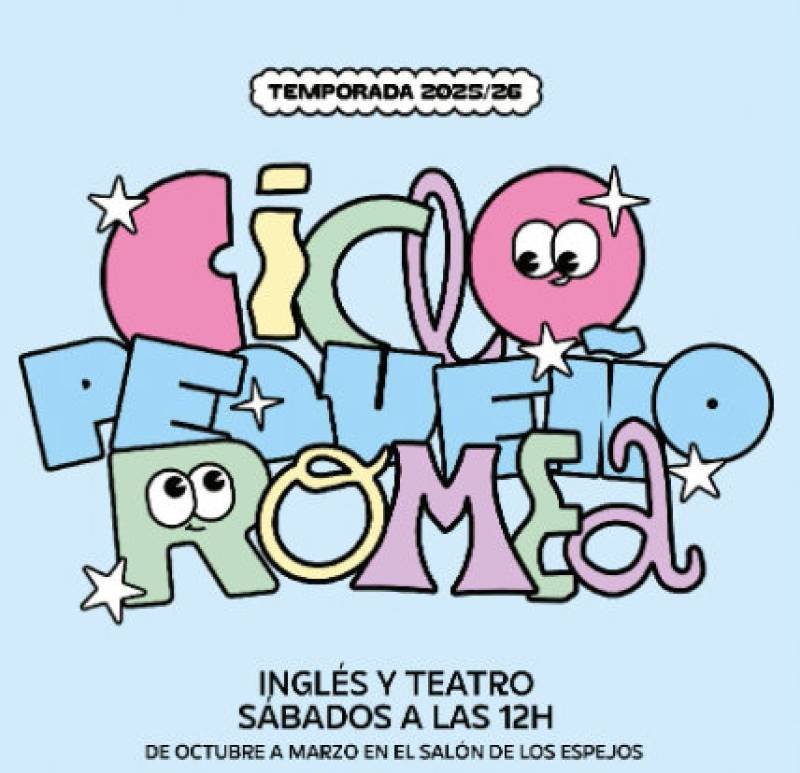

Guidelines for submitting articles to Hacienda Riquelme Golf Resort Today
Hello, and thank you for choosing Hacienda Riquelme Golf Resort.Today to publicise your organisation’s info or event.
Hacienda Riquelme Golf Resort Today is a website set up by Murcia Today specifically for residents of the urbanisation in Southwest Murcia, providing news and information on what’s happening in the local area, which is the largest English-speaking expat area in the Region of Murcia.
When submitting text to be included on Hacienda Riquelme Golf Resort Today, please abide by the following guidelines so we can upload your article as swiftly as possible:
Send an email to editor@spaintodayonline.com or contact@murciatoday.com
Attach the information in a Word Document or Google Doc
Include all relevant points, including:
Who is the organisation running the event?
Where is it happening?
When?
How much does it cost?
Is it necessary to book beforehand, or can people just show up on the day?
…but try not to exceed 300 words
Also attach a photo to illustrate your article, no more than 100kb

Get to know the Region of Murcia in just 3 days!
Capture the essence of the Costa Cálida in the course of a long weekend
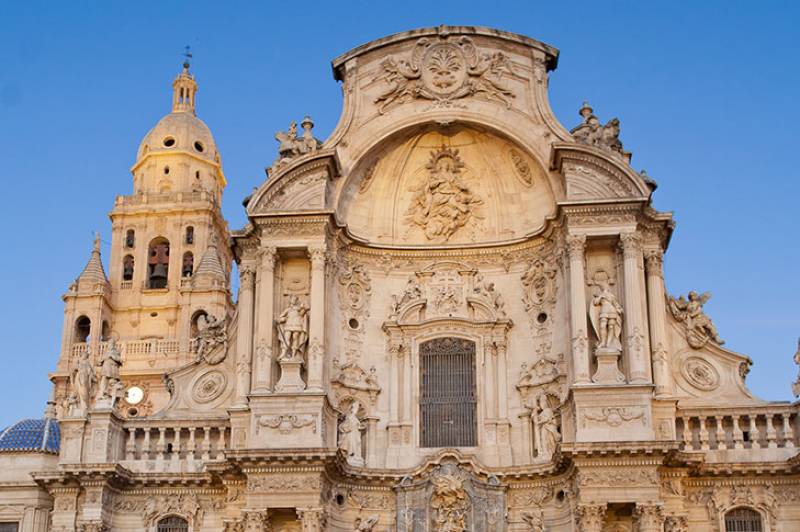 Are you taking advantage of the warm spring weather to spend a long weekend in the Costa Cálida? Or maybe you live here and have friends who are coming to explore the Region of Murcia?
Are you taking advantage of the warm spring weather to spend a long weekend in the Costa Cálida? Or maybe you live here and have friends who are coming to explore the Region of Murcia?
How can it be possible to take in the essence of an area half the size of Wales in just a couple of days without it becoming a frenetic and fretful chase from one destination to another? Well, of course sacrifices will have to be made, but here are a couple of suggestions from the regional tourist board regarding how it might be managed, at the same time leaving you hoping to see more the next time!
Day 1, Lorca and Águilas
In the south-east of the Region of Murcia is the historic city of Lorca, with its monumental palaces, churches and castle.
 This enormous municipality is home to a wide variety of landscapes, from the high plains of the north to the protected coastline of Calnegre in the south, and in the middle is the Guadalentín valley, above which are the city of Lorca and its imposing hilltop castle. This medieval fortress was an essential defensive infrastructure in the 11th and 12th centuries, standing on the boundary between the kingdoms of Granada and Murcia, and nowadays it is the perfect place for the exhibitions and recreations of medieval Spain which are housed inside.
This enormous municipality is home to a wide variety of landscapes, from the high plains of the north to the protected coastline of Calnegre in the south, and in the middle is the Guadalentín valley, above which are the city of Lorca and its imposing hilltop castle. This medieval fortress was an essential defensive infrastructure in the 11th and 12th centuries, standing on the boundary between the kingdoms of Granada and Murcia, and nowadays it is the perfect place for the exhibitions and recreations of medieval Spain which are housed inside.
In addition, inside the castle walls are the remains of a Jewish quarter and 15th-century synagogue. This can also be visited in the castle’s archaeological park and it certainly helps to understand how Moorish, Christian and Jewish cultures existed alongside one another in centuries past.
Elsewhere, visitors should definitely take time to stroll around the city centre and admire some of the majestic buildings, such as the Ex-Collegiate church of San Patricio, the Palacio de Guevara, the Huerto Ruano and many others…
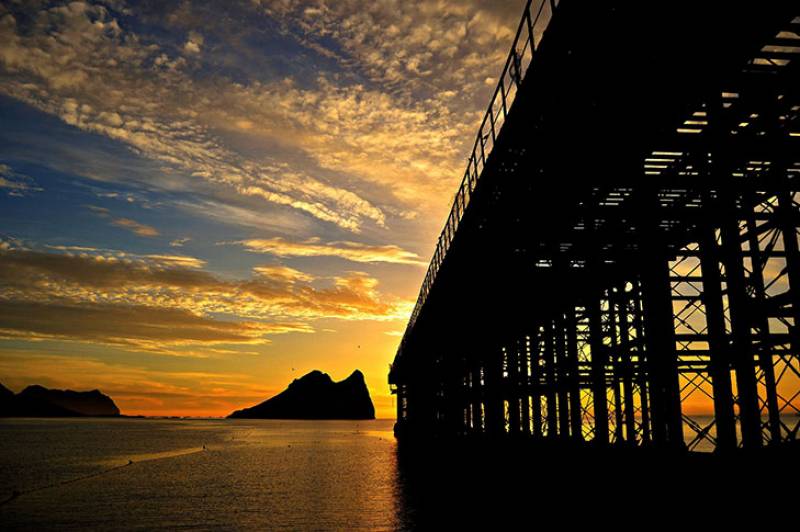 Why not end the day on the coast, in Águilas? Over the millennia different peoples such as the Argarics, the Phoenicians, the Romans and the Moors have all held sway in this area, giving it an almost unique cultural identity, and again the highlight of the visit might be the local castle. This one, the castle of San Juan de las Águilas, was built in the 18th century, and just a kilometre along the coast is the iconic Embarcadero del Hornillo, an old rail jetty where ships were loaded with minerals for export in the early 20th century.
Why not end the day on the coast, in Águilas? Over the millennia different peoples such as the Argarics, the Phoenicians, the Romans and the Moors have all held sway in this area, giving it an almost unique cultural identity, and again the highlight of the visit might be the local castle. This one, the castle of San Juan de las Águilas, was built in the 18th century, and just a kilometre along the coast is the iconic Embarcadero del Hornillo, an old rail jetty where ships were loaded with minerals for export in the early 20th century.
Also close by are the historic buildings of the town centre and the beautiful island known as Isla del Fraile - a perfect spot to watch the sun go down at the end of Day 1…
Day 2, Murcia
The city of Murcia was founded by the Moors in the year 831 and is by some distance the largest in the Region. In the past it was home to an unusual mixture of cultural influences and this can still be seen in the city’s architecture, culture and art.
In the heart of Murcia is the Plaza del Cardenal Belluga, alongside what is arguably the most important monument: Murcia Cathedral, a fine example of Spanish baroque architecture which also contains elements of Gothic, Renaissance and neo-Classical styles.
 A stroll through the pedestrian old centre includes some of the best-known streets, including Trapería, Platería and Jabonerías, and along the way are sights such as the Real Casino de Murcia, the Plaza Santo Domingo and the Plaza Julián Romea, which is home to the most important theatre in the city.
A stroll through the pedestrian old centre includes some of the best-known streets, including Trapería, Platería and Jabonerías, and along the way are sights such as the Real Casino de Murcia, the Plaza Santo Domingo and the Plaza Julián Romea, which is home to the most important theatre in the city.
All of which should help you work up an appetite, so round the day off with a few tapas in the Plaza de las Flores, trying some of the most typical snacks of the Murcianos: maybe a marinera (Russian salad with on a round breadstick topped by an anchovy), a little baked octopus, a plate of zarangollo (scrambled egg with aubergine and onion), or whatever takes your fancy as the sun goes down…
Day 3, Cartagena and La Manga
The history of the port of Cartagena goes back well over 2,500 years and the most spectacular legacy of previous cultures here is the Roman Theatre, built in the reign of the Emperor Augustus and now a museum containing all the artifacts found during its excavation.
Take a walk along the seafront and wander into the old city centre, where modernist residences reflect the importance of Cartagena in more recent times, around the late 19th and early 20th centuries.
After a morning in Cartagena, why not head out east to La Manga, an unusual geographical feature consisting of a 21-kilometre spit of land between the Mediterranean and the Mar Menor, the largest saltwater lagoon in Europe. This is a haven for sun, sea and sand tourism, and is crammed with magnificent beaches!
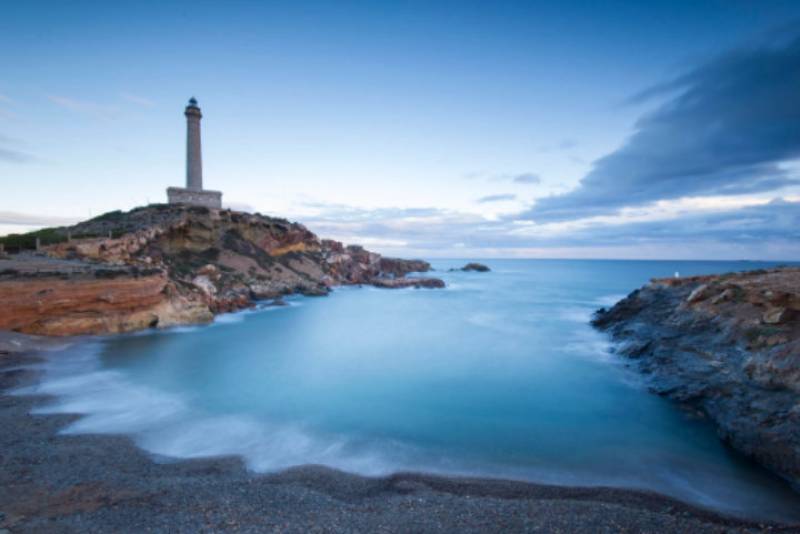 Just to the south of La Manga are a series of small coves in Cabo de Palos and the unspoilt beaches of the Regional Park of Calblanque, a natural paradise containing pine groves, “rambla” flood channels, dunes, cliffs and little coves.
Just to the south of La Manga are a series of small coves in Cabo de Palos and the unspoilt beaches of the Regional Park of Calblanque, a natural paradise containing pine groves, “rambla” flood channels, dunes, cliffs and little coves.
And there you have it, the Region of Murcia in just three days! Of course, there are countless other attractions, but this would be a great way to capture something of the flavour of the Costa Cálida and the Region of Murcia, perhaps tempting visitors to explore further afield next time round!
Images: regional tourist board of Murcia, Murcia Today









